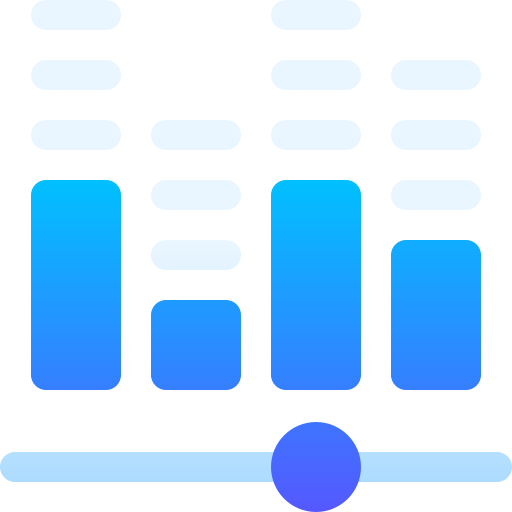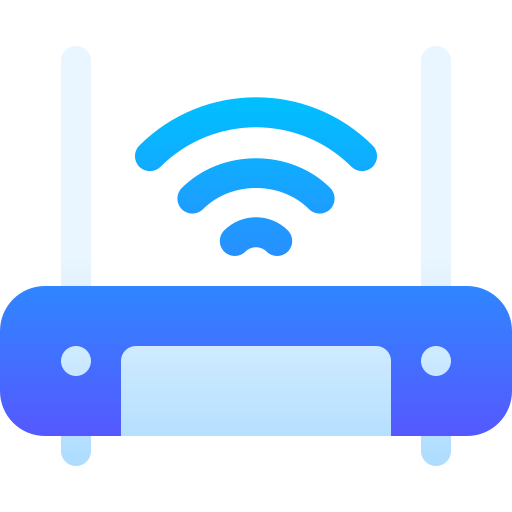Your Digital Business Starts Here
Find & compare digital tools to start and grow your business.

Digital Banking
Business Technology

Get Started with
Digital Banking
Discover everything you need to manage payments, use digital banking services or explore new digital currencies.

Discover the latest
Business Technology
Make your business operations and customer communication more efficient with new business technology.

Start a new
Digital Business
Find everything you need to start, build and grow a new online business, website or eCommerce store.
Find Everything You Need For Your Business
Compare Digital Tools
DigitalSupermarket™ makes it easy to find and compare digital tools to start and grow your business.
















